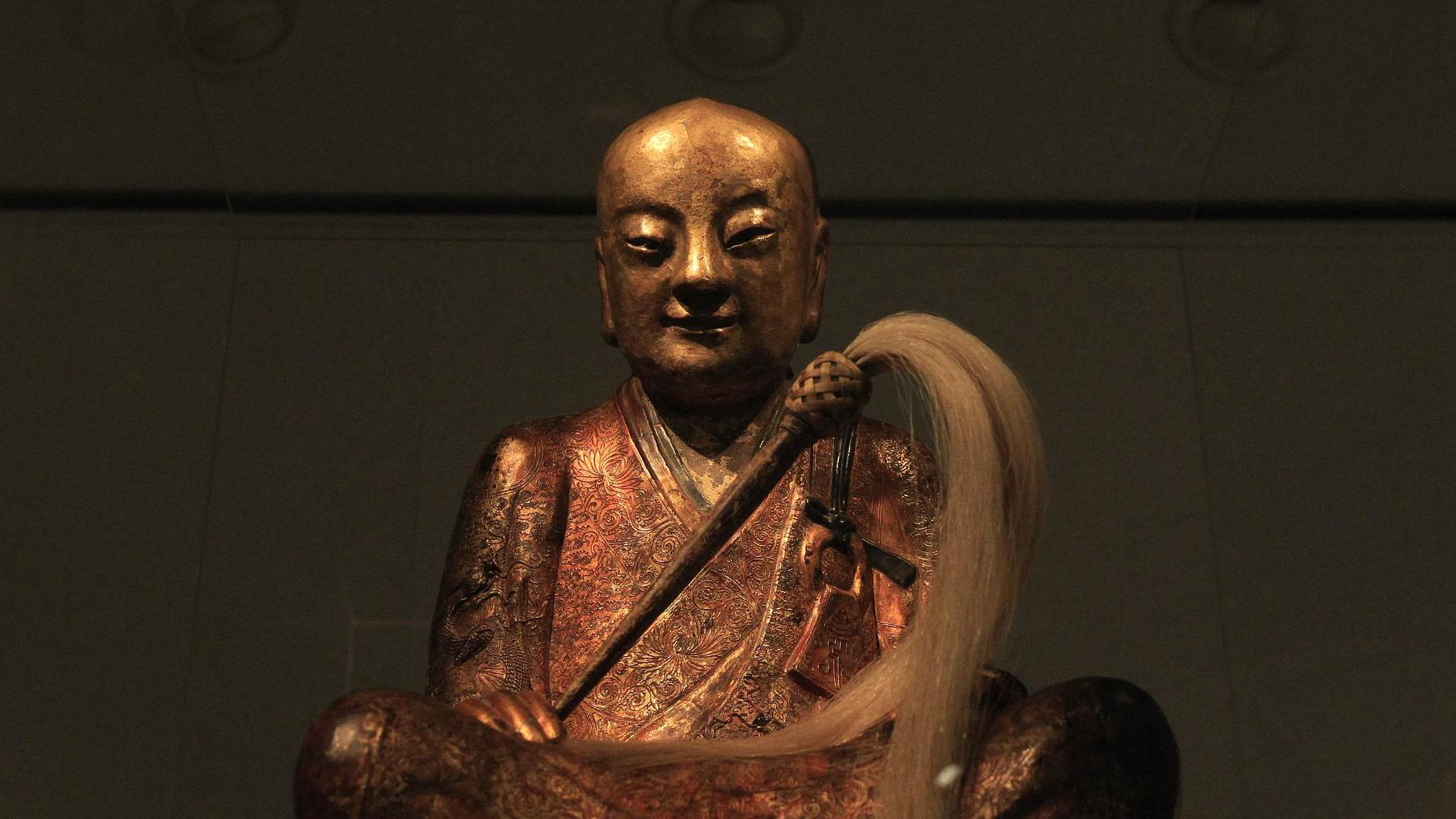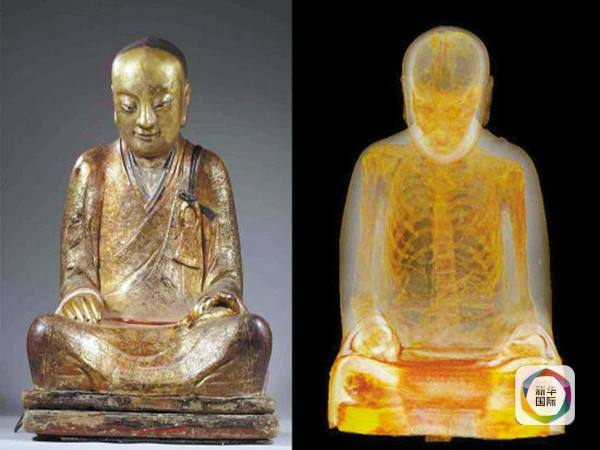
Culture
19:49, 30-Oct-2018
The case of the missing Buddha statue: Chinese villagers to testify in court
Updated
18:45, 02-Nov-2018
CGTN

Representatives from two villages in China's eastern Fujian Province will appear in an Amsterdam court on Wednesday to argue that a Buddha statue held by a Dutch collector was stolen from their village temple.
It is a final hearing before the Dutch court delivers a judgment on the case which has religious, cultural and ethical significance.
The statue in question, called Zhanggong Zushi, or Monk Master Zhang Gong, is unique in that it holds an intact mummified body inside it. It's been worshiped for over 1,000 years when it was in the village's temple. In December 1995, the statue disappeared.
It resurfaced again in March 2015, when villagers recognized their lost Buddha statue in a news segment about an exhibition in Hungary.
Amsterdam resident Oscar van Overeem, who apparently bought the statue in mid-1996, agrees that the statue comes from the province of Fujian, but insists that it is not the statue stolen from the villagers' temple. He once agreed to return it if his conditions were met. When negotiations failed, the Chinese villagers filed a lawsuit against him in a Dutch court.

(Left) The Song Dynasty Buddha statue; (Right) a scanned image of the skeletal remains of the mummy inside the statue. /Photo via Xinhua News Agency
(Left) The Song Dynasty Buddha statue; (Right) a scanned image of the skeletal remains of the mummy inside the statue. /Photo via Xinhua News Agency
"That the VO (Oscar Overeem) statue and the villagers statue are the same, needs to be established by the plaintiffs first before the case can go to further argumentation on whether VO was in good faith and obtained ownership thereof," said Dutch lawyer Jan Holthuis representing the Chinese villagers.
The villagers and the defendant have submitted several rounds of written statements and evidence to the court since the case was brought in May 2016. Before the Wednesday hearing, the villagers have submitted six new items of evidence, including an investigation report by the Fujian Relics Authentication Center dated April 28, 2018.
"This report sets out, in a very structural and detailed way, why the statue of VO is Zhanggong Zushi," said the Dutch lawyer, "As the plaintiffs (the villagers) would need to address new facts and evidence, including experts opinions, it would not have been a fair hearing without the plaintiffs having been able to comment on these facts."
(Top image: The Song Dynasty Buddha statue. /VCG Photo)
Source(s): Xinhua News Agency

SITEMAP
Copyright © 2018 CGTN. Beijing ICP prepared NO.16065310-3
Copyright © 2018 CGTN. Beijing ICP prepared NO.16065310-3